What software works best when operating a CNC?
When it comes to operating a CNC machine, having the right software is crucial for smooth, efficient, and accurate machining. The best CNC software...
In the fast-paced world of modern manufacturing, Computer-Aided Manufacturing (CAM) software has become an indispensable tool for enhancing efficiency, precision, and productivity. With numerous options available in the market, it can be challenging to determine which CAM software is the most widely used. In this blog post, we'll explore the key features that define popular CAM software and closely examine some of the industry's leading solutions.
To understand why certain CAM software solutions have gained widespread adoption, examining the features they offer is essential. The most popular tools typically include:
Now that we've discussed the essential features, let's take a look at some of the most widely used CAM software in the industry:
Artificial intelligence (AI) and cloud computing have begun transforming the CAM software landscape in recent years. AI-driven CAM software, like Toolpath's AI-powered solution, optimizes machining strategies by analyzing vast amounts of data and adapting to specific shop needs. On the other hand, Cloud-based CAM software enables real-time collaboration, remote access, and scalability, making it an increasingly popular choice for modern manufacturing environments.
If you're looking to optimize your CNC shop's operations, implementing smart CAM strategies can make a significant difference. You can streamline your workflows, reduce costs, and improve efficiency by leveraging AI-driven optimizations, cloud-based collaboration, and automated toolpath generation. To learn more about how these strategies can benefit your shop, be sure to check out our in-depth article, Top Smart CAM Strategies For Small CNC Shops.
While there is no one-size-fits-all answer to the question of the most widely used CAM software, the solutions mentioned above have established themselves as industry leaders. Ultimately, the best CAM software for your shop will depend on your specific needs, budget, and the types of projects you undertake.
When evaluating CAM software, consider factors such as ease of use, automation capabilities, CAD integration, toolpath options, and simulation tools. Additionally, keep an eye on emerging trends like AI and cloud-based solutions, as they are already shaping the future of CAM software.
With its AI-driven optimizations and cloud-based collaboration tools, Toolpath can help you streamline your workflows and stay competitive in today's manufacturing landscape.
Ready to experience the benefits of advanced AI-powered CAM software? Start your free trial today and discover how Toolpath can revolutionize your shop's productivity and efficiency.
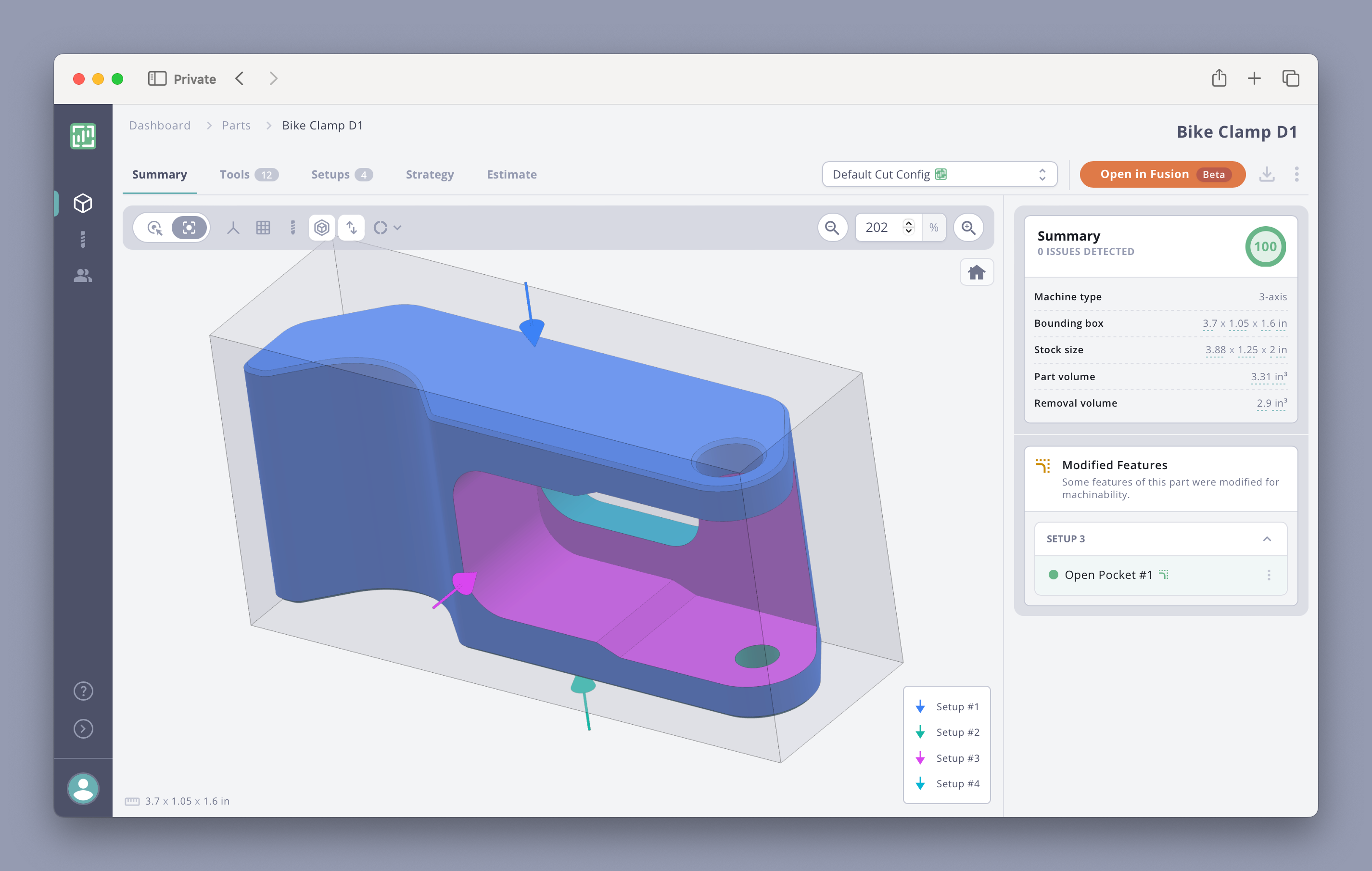
When it comes to operating a CNC machine, having the right software is crucial for smooth, efficient, and accurate machining. The best CNC software...

In the competitive manufacturing world, CNC machine shops always look for ways to boost productivity and stay ahead of the game. You can...
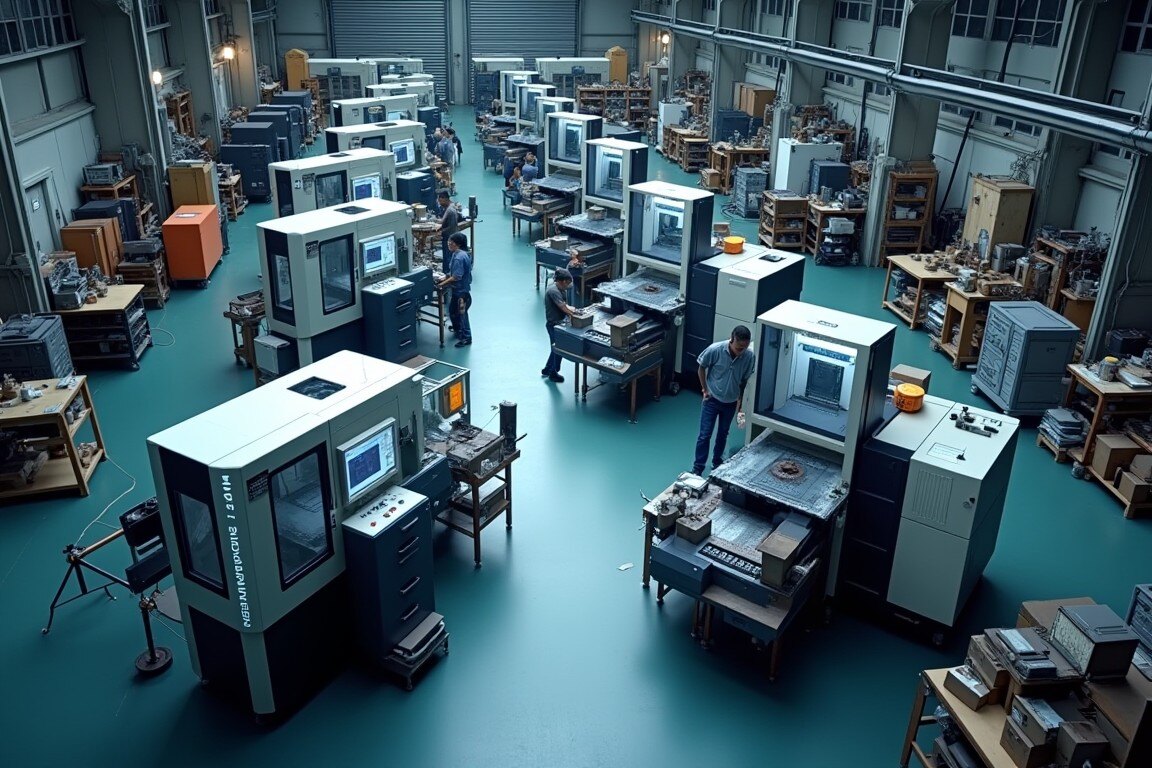
In the world of manufacturing, efficiency is the name of the game. The more efficiently you can produce high-quality parts, the more competitive your...
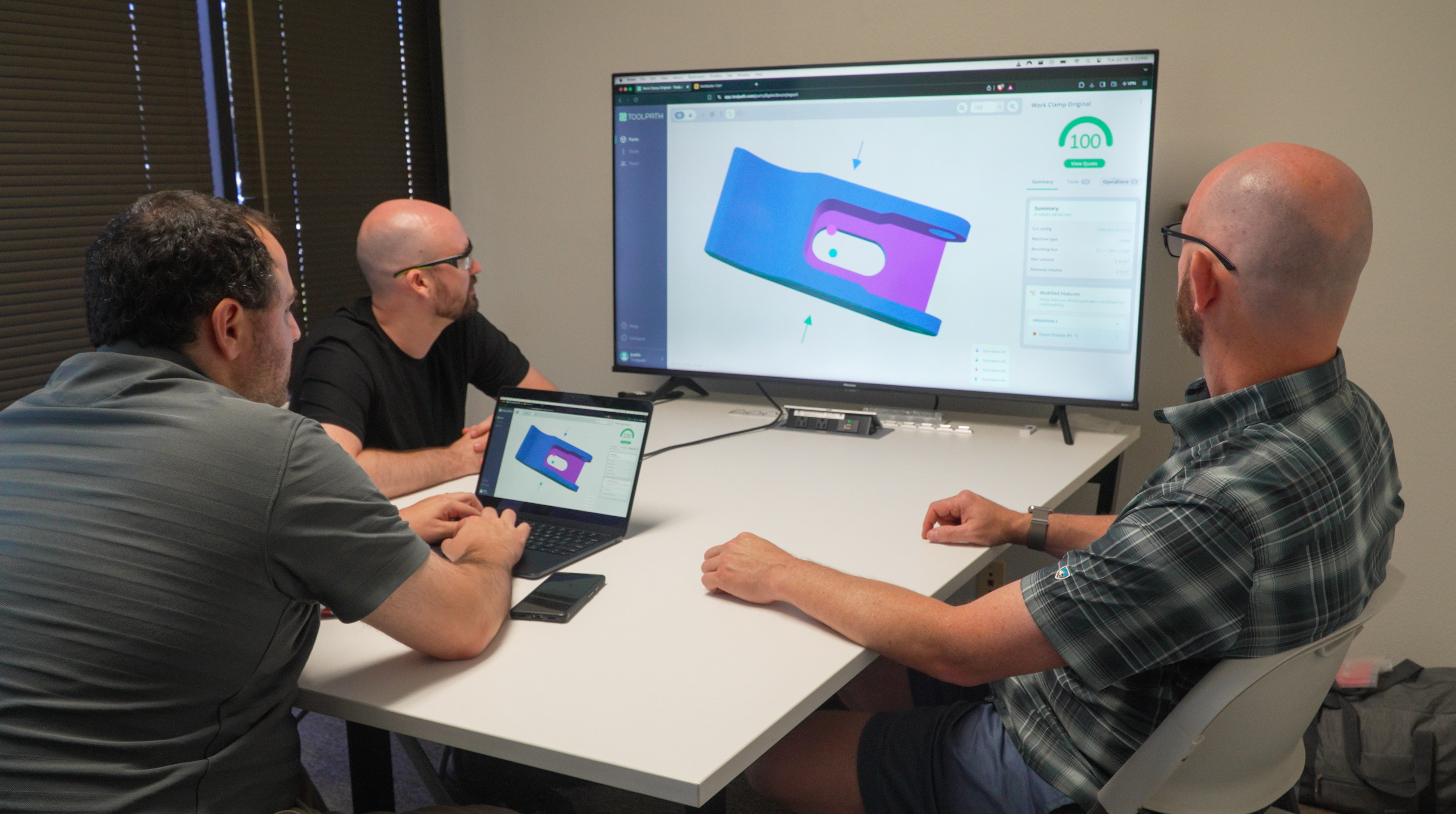
Picture this: You're a machinist tasked with creating a complex part, one with intricate curves, tight tolerances, and a deadline that's fast...
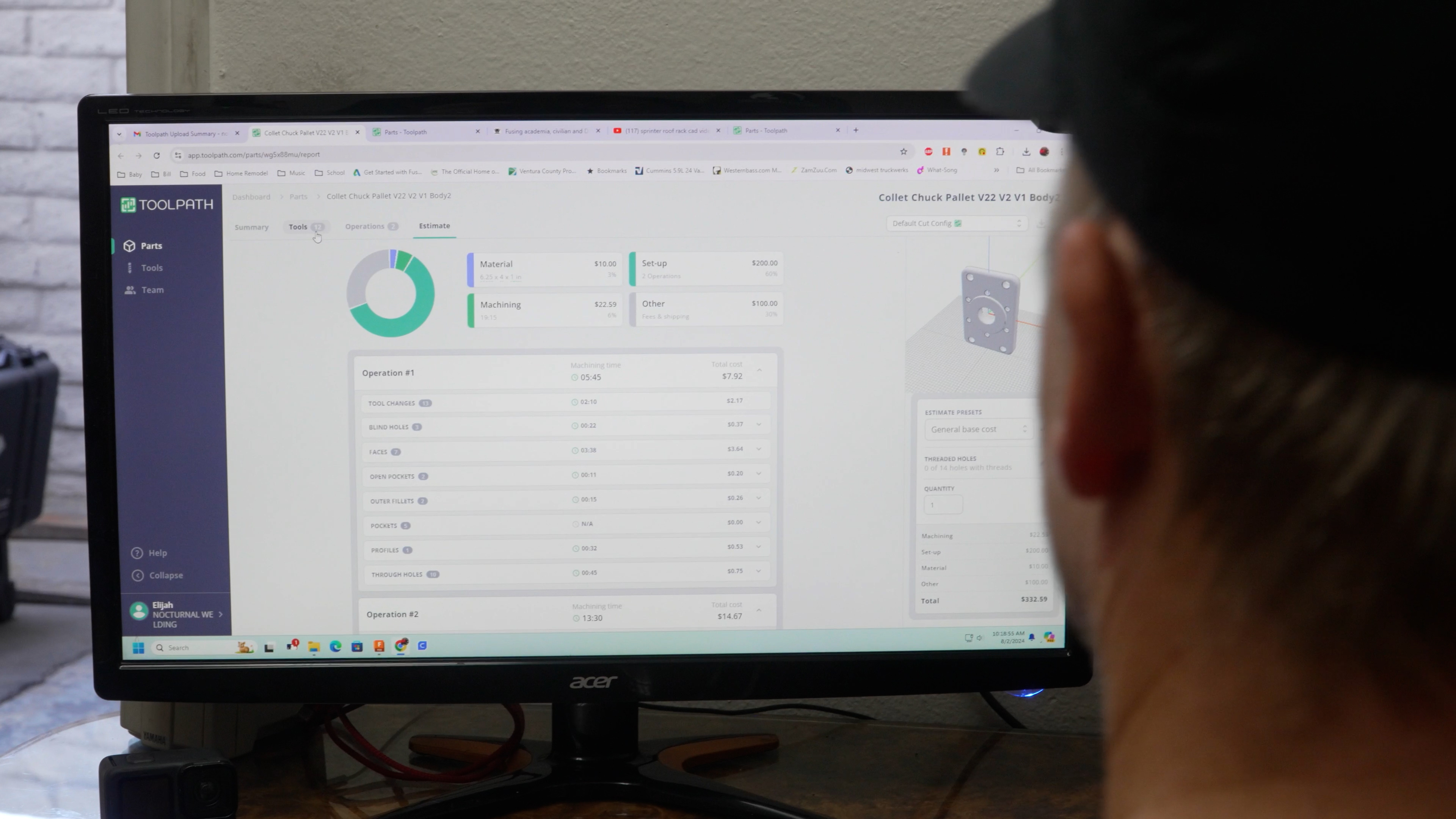
Are you new to CNC machining and wondering about CAM software? Think of CAM (Computer-Aided Manufacturing) as your skilled interpreter, translating...
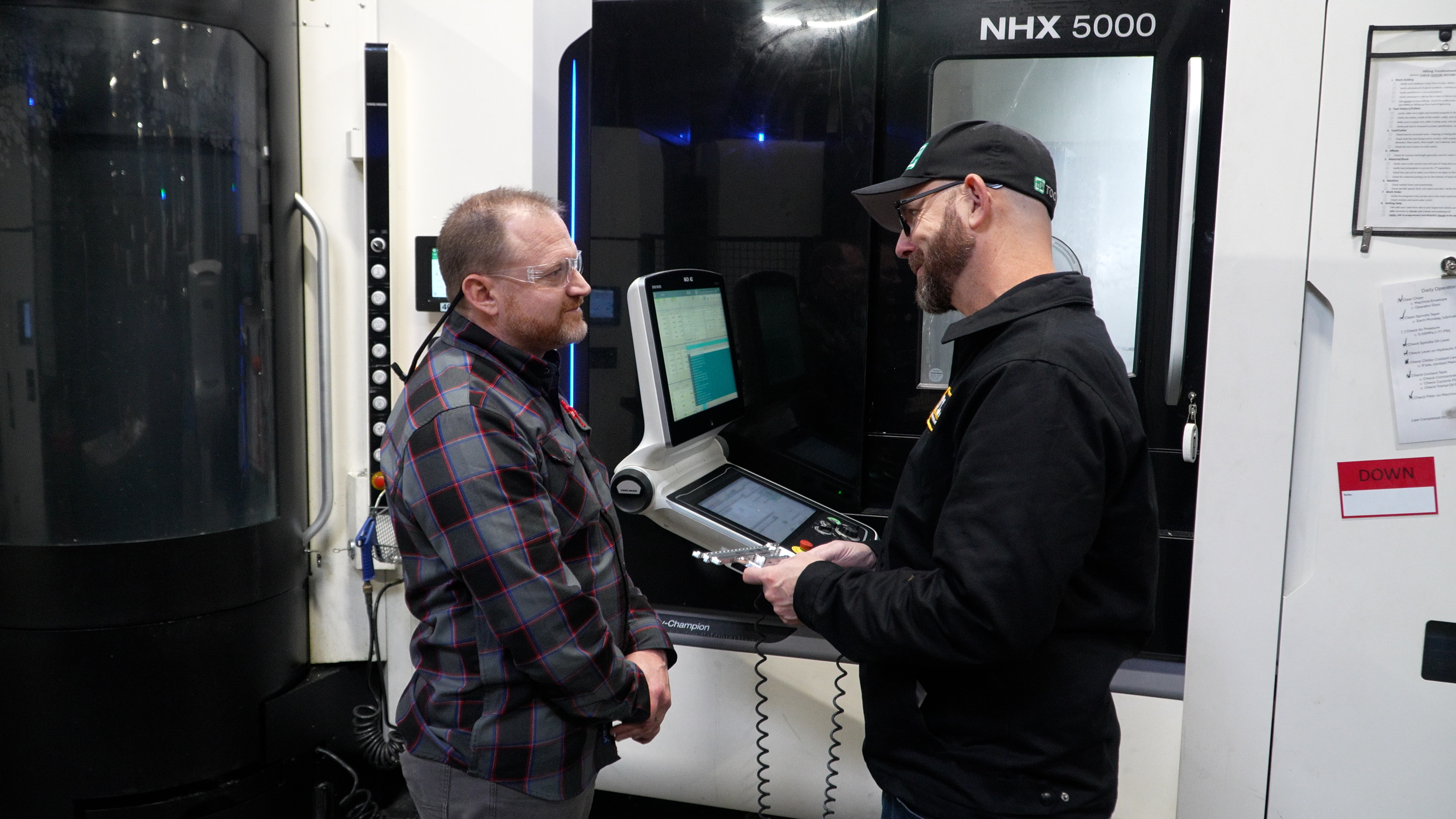
When it comes to Computer-Aided Manufacturing (CAM) systems, it's easy to get caught up in the multitude of features and capabilities they offer....